URI Celebrates Opening of Brookside Apartments
The 500-bed residence hall adds new amenities on campus
 Sasaki
Sasaki
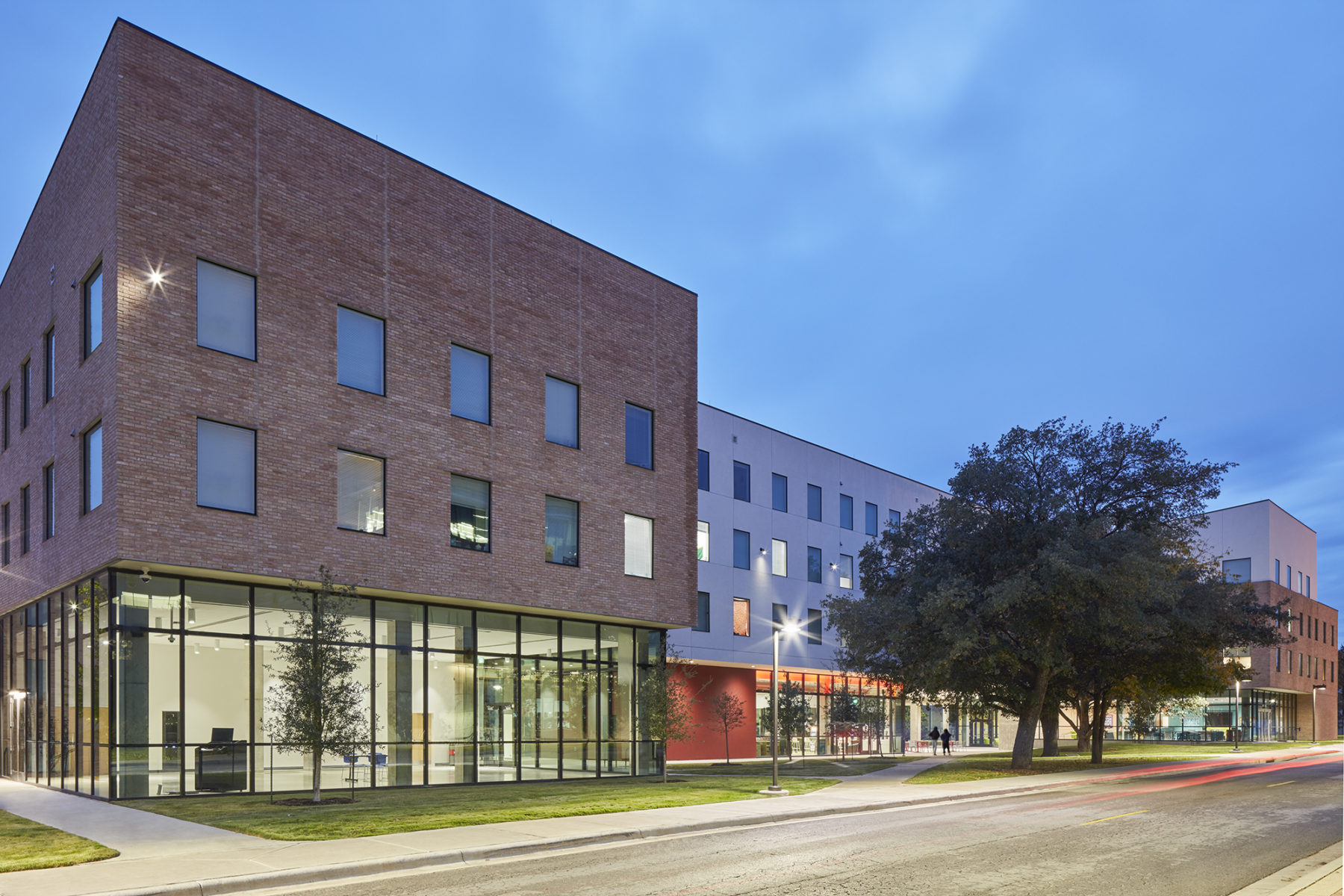
We shape buildings using iterative computer modeling to create comfortable microclimates that in turn support campus communities. Creating meaningful places that contribute to a network of campus open spaces is a primary objective when we design projects for higher education. At the core of this design challenge is the fundamental relationship between a building and its immediate site.
There are many aspects to this relationship: scale, materials, campus context, and open space systems — however the very local micro-climate has an oversized impact on user comfort in a specific place. These high quality exterior gathering places are increasingly important in supporting community — at all times of the year — while engaging in appropriate social distancing as a response to COVID 19.
Sasaki’s interdisciplinary architecture and landscape architecture teams have been able to understand, engage with and influence future building micro-climates by collaborating with Klimaat on climate modeling and design analysis. Two successful examples with differing climate requirements are Saint Edward’s University Saint Andre Residence Hall in Austin Texas and the University of Rhode Island Brookside Apartments in North Kingston, Rhode Island.
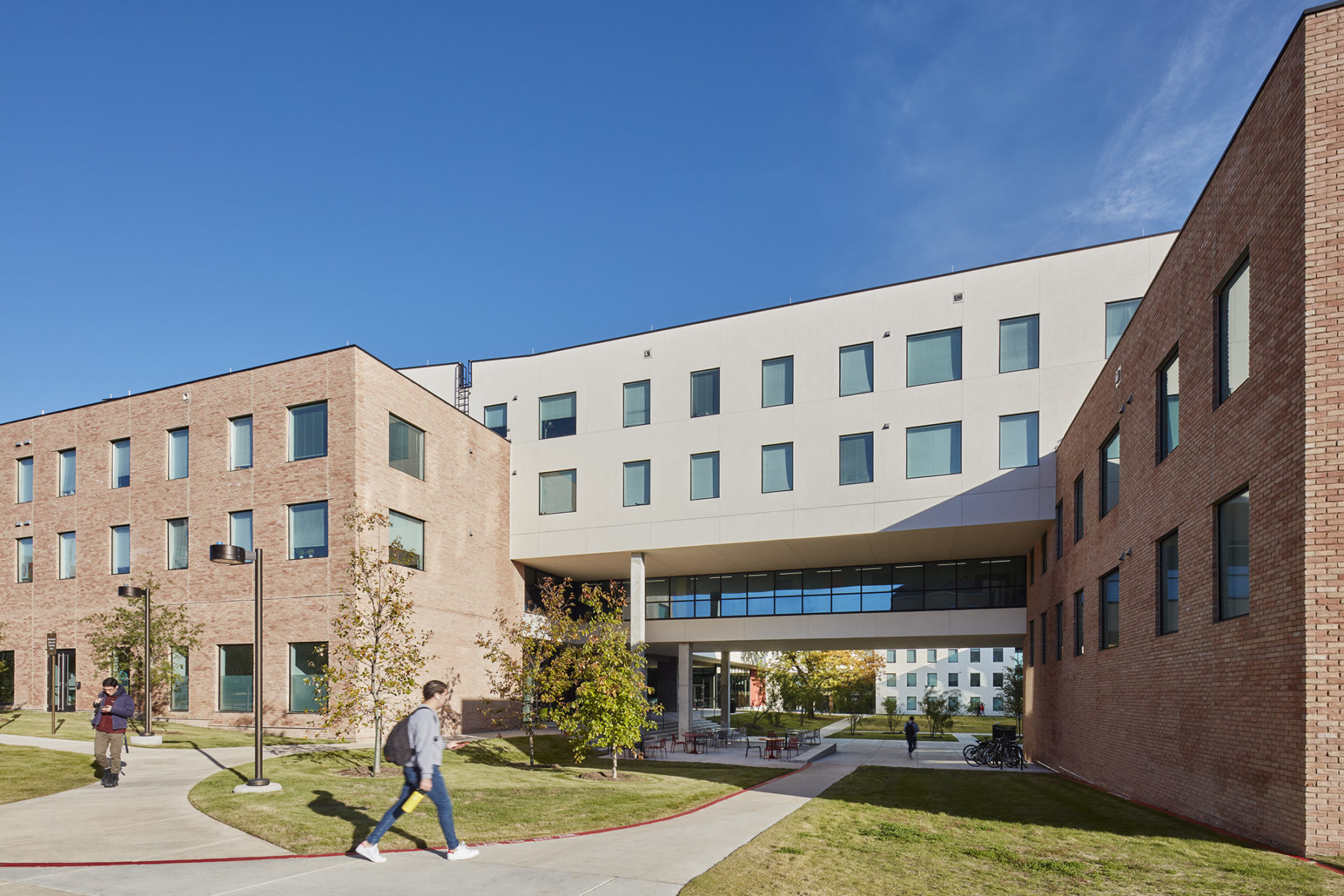
Saint Edward’s University Saint Andre Apartments

At Saint Edward’s the primary climate challenge was to create a place providing relief from the intense Austin, Texas heat. Initial climate analysis highlighted the benefit of providing shade and breezes to both lower the perception of day-time temperature and to utilize the wide daily temperature swing to refresh spaces heated during the day with cool evening air. With the guidance of Klimaat we designed a courtyard building with many ground level portals channeling winds into the central open space. These portals, through climate modeling, were sized and shaped to create spaces that were comfortable for a range of activities from passive newspaper reading with full shade and gentle breezes to music performance with stronger directed wind. Additionally building massing was varied to generate winds that tumble into and refresh the courtyard. Public spaces within the building are organized around exterior portals that provide shaded open space which support activities that are in alignment with interior programming.
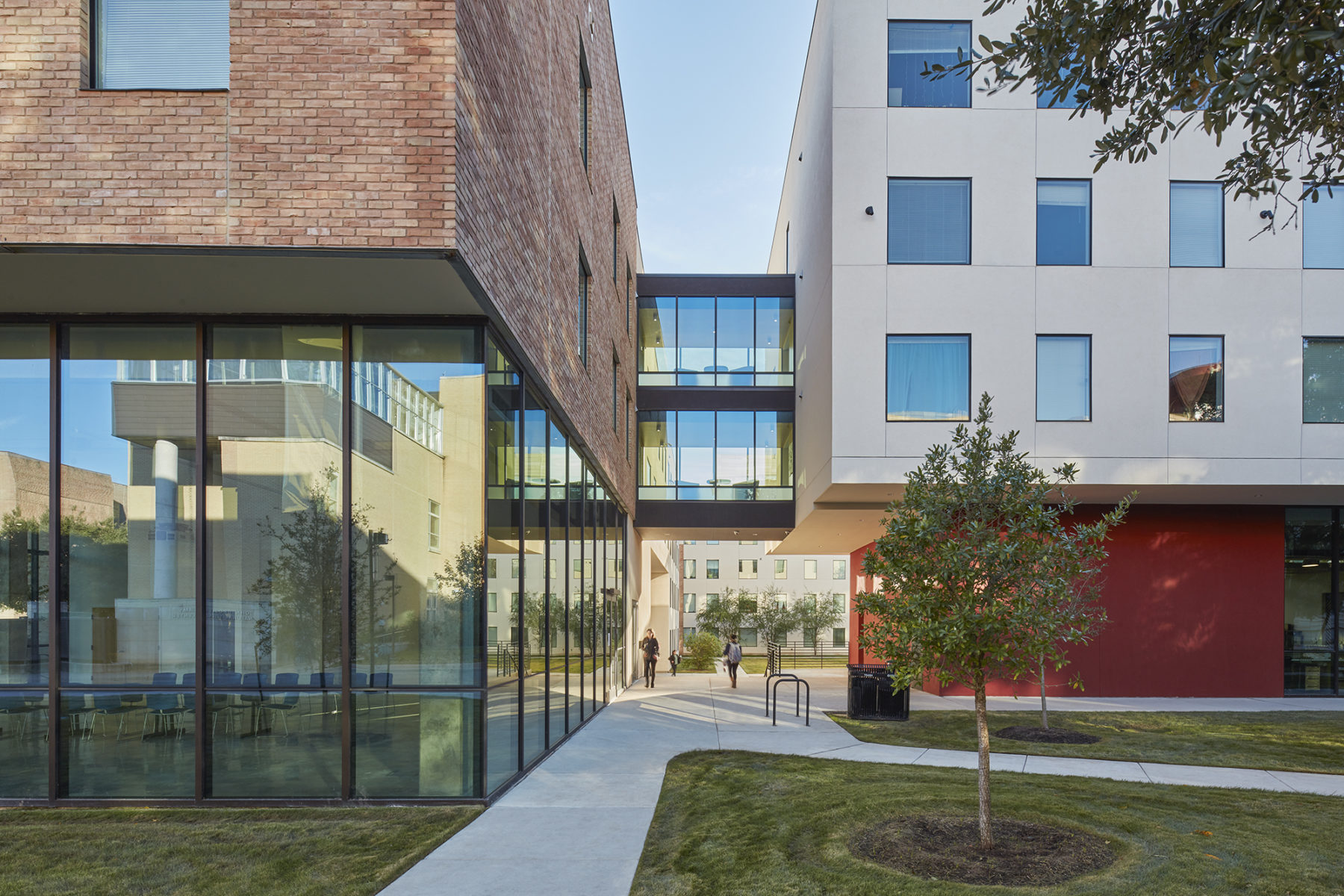
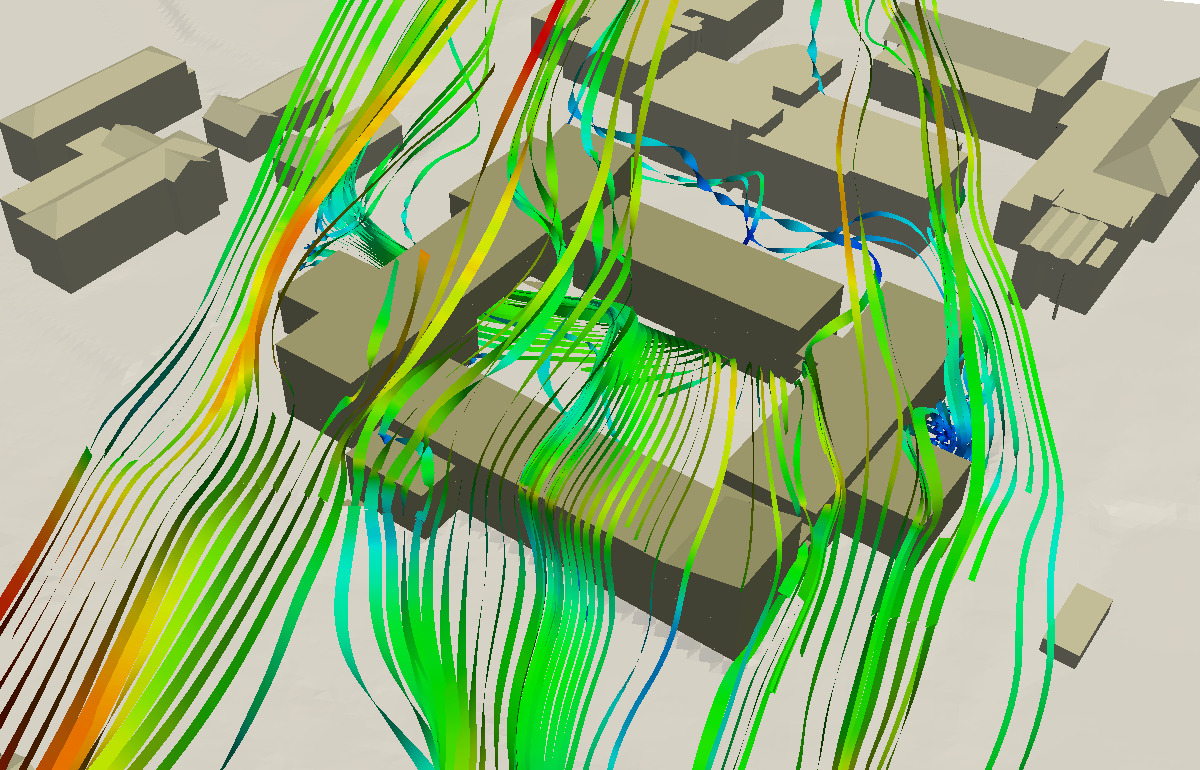
Wind modeling during schematic design
At the University of Rhode Island the climate challenge was to create places that were protected from the bitter northern winter winds and to extended outdoor comfort in both the fall and spring shoulder seasons when along with the winter months, students spend the majority of time on campus. Again with the guidance of Klimaat we designed two offset housing slabs creating two courtyards; a northern courtyard capturing the afternoon sun and a southern courtyard capturing the morning sun.
University of Rhode Island Brookside Apartments
Each courtyard benefits from modifications at the ground level of the building that were informed by climate modeling. A one story connector between the slabs provides a wind shadow for the southern courtyard while the northern courtyard is protected by an offset block of 2 story housing, a strategically placed site wall and wind diffusing trees. Additionally detailed wind modeling during design development informed the final configuration and sizes of canopies to ensure that entries were also protected from strong northern winter winds.
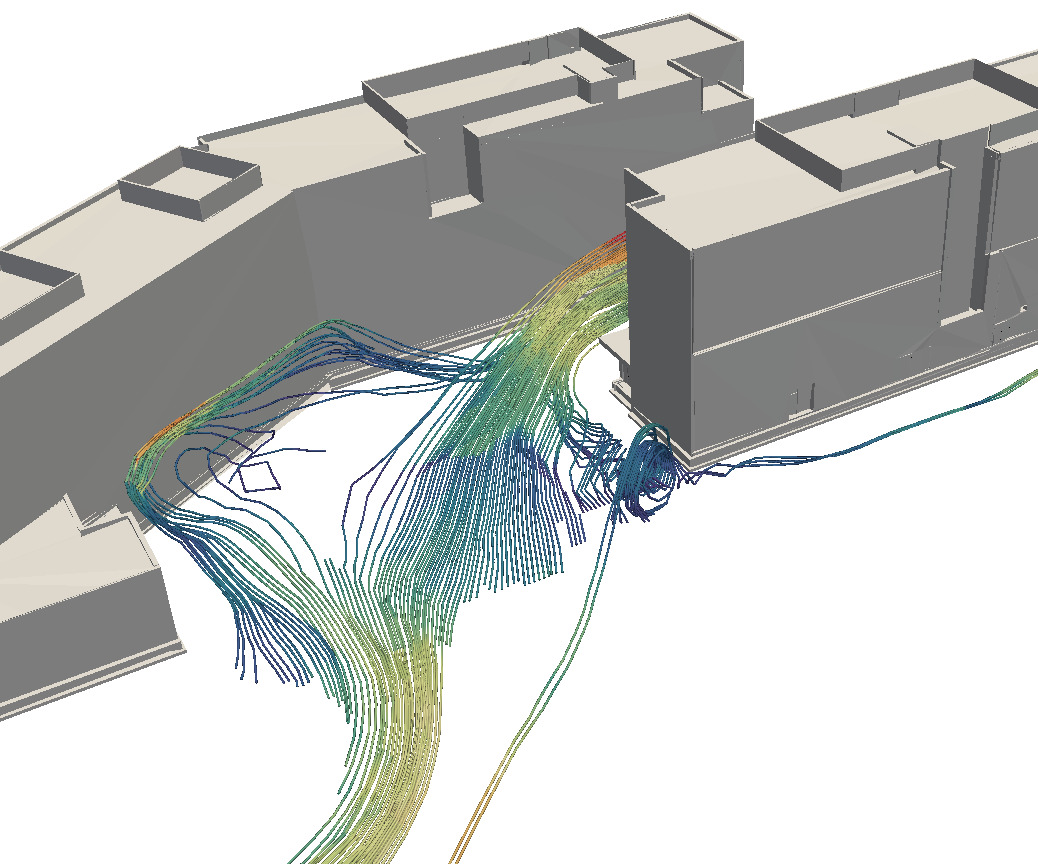
Wind modeling during design development
Although the climate conditions between Saint Edward’s and URI vary dramatically, micro-climate modeling and analysis informed conceptual massing, design development, dimensional resolution and most importantly improved user comfort to both campus communities.